Earlier this month, the National Trust for Historic Preservation (NTHP) announced a new pilot project with PHMC, PA DCNR, the states of Maryland and Virginia, and National Park Service Chesapeake Bay to identify, document, and map sites and landscapes in the Chesapeake Bay watershed region significant to African American history and culture.
You can read NTHP’s press release here.
The watershed in Pennsylvania
The Chesapeake Bay watershed in Pennsylvania is actually quite large. It encompasses about 35% of the entire watershed, which extends through Virginia, Maryland, Washington, D.C., Delaware, West Virginia, Pennsylvania, and New York.
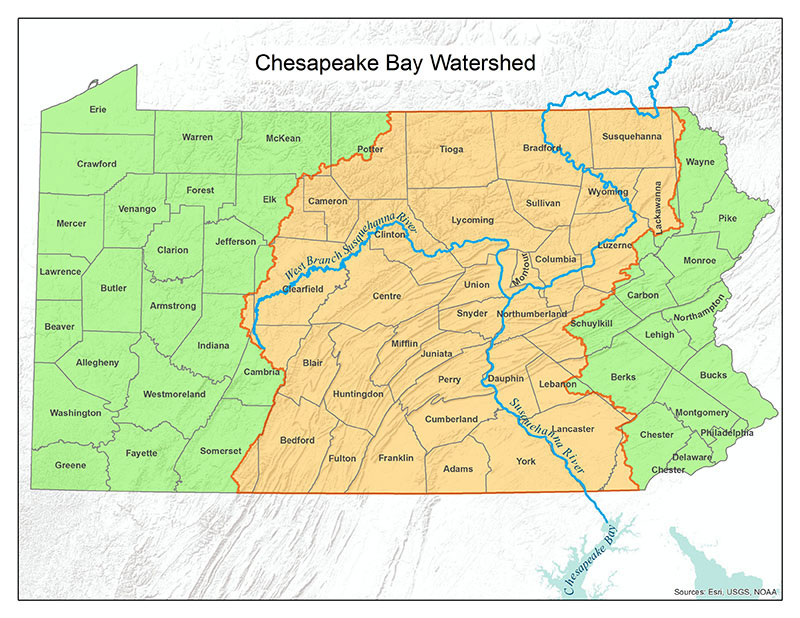
The watershed in Pennsylvania lies primarily in the counties along the Susquehanna River, the West Branch of the Susquehanna, and their tributaries. Located in the middle of the commonwealth, about half of the land in Pennsylvania drains into it.
History in the Watershed
The Chesapeake Bay watershed has a rich and diverse history, beginning hundreds of years ago with pre-contact Native Americans who called this region home. Since the arrival of European settlers to the area in the 17th century, the watershed has played an important role in Pennsylvania’s (and the country’s) exploration and settlement, wars for independence and civil rights, the economy (principally through agriculture and industry) and more.
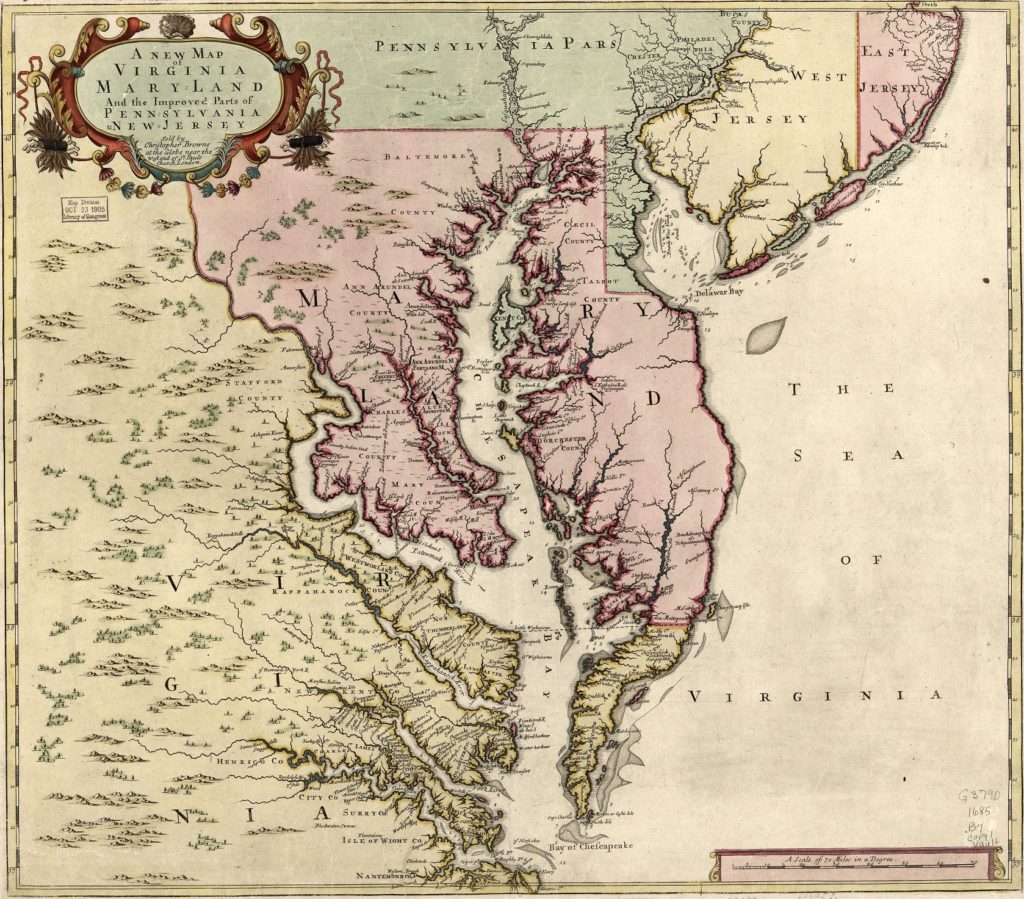
The National Park Service’s Chesapeake Bay website has a great summary of the Bay’s history and culture from the Archaic Period to the present day.
Pennsylvania’s African American experience in the watershed
As noted in the press release, this project is looking specifically at the African American experience in the Chesapeake Bay watershed.
Africans and African Americans settled in many parts of the Pennsylvania watershed alongside European settlers beginning in the late 17th century, evidenced by places like the 1793 Perkins-Dennis Farm in Susquehanna County or the early 1800s African Methodist Episcopal (AME) Church congregations in Lancaster and Bedford counties.
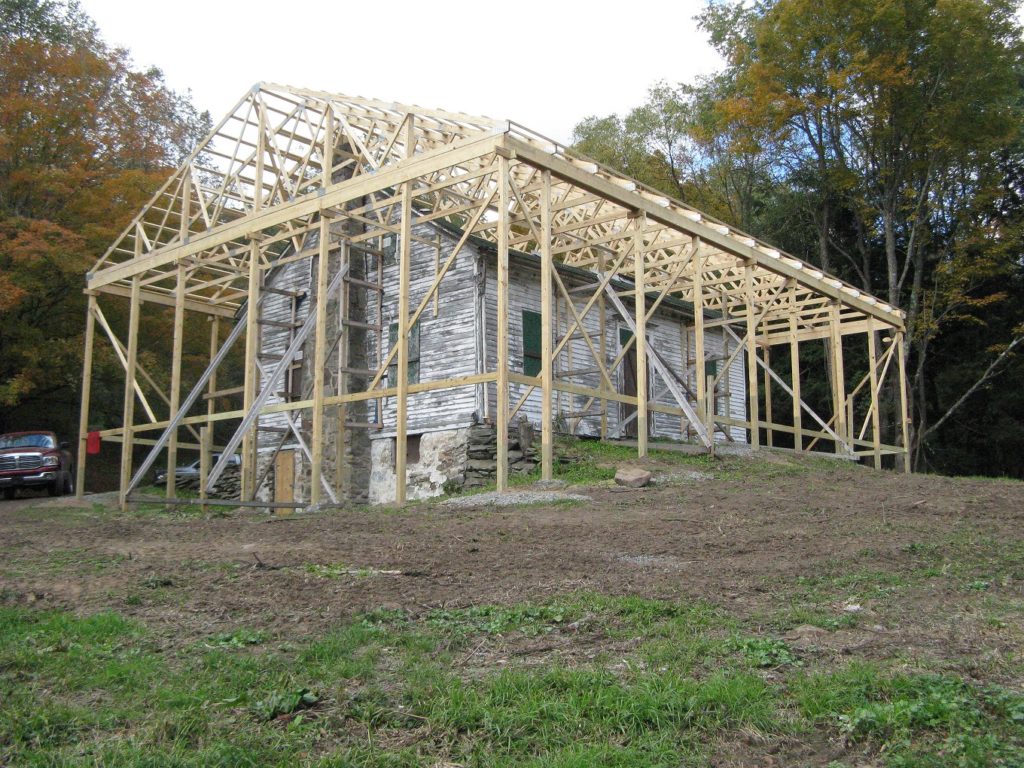
For decades leading up to the Civil War (1861-1865), the Chesapeake Bay and its many tributaries were a vital part of the Underground Railroad as enslaved Africans and African Americans from the South sought freedom in the North and Canada. Pennsylvania was a critical part of this network and several documented routes through Pennsylvania followed the waterways of the Chesapeake region from Virginia, Maryland and Delaware.
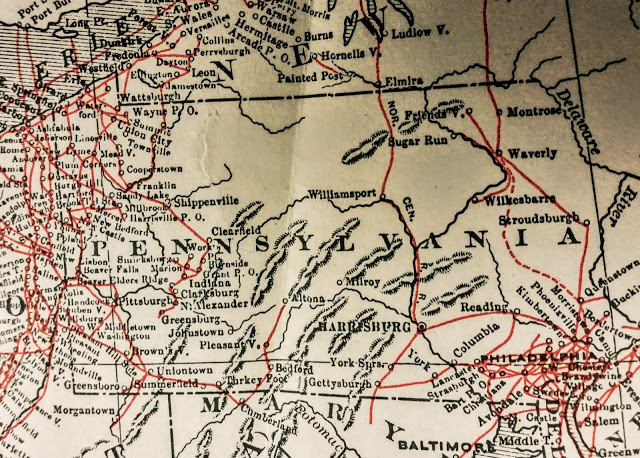
Underrepresented Stories and Places
We have long known in the preservation world that the older and historic places associated with underrepresented communities – African American, Asian American, American Indian, American Latino, Native Alaskan, Native Hawaiian, Women, and LGBTQ – are, in fact, underrepresented in the National Register of Historic Places and as National Historic Landmarks.
Many local, state, and national history, heritage and preservation organizations have been working to change this. Several years ago, the National Park Service began awarding Underrepresented Community Grants. The PA SHPO received one of these grants in 2016 and recently announced three proactive efforts to better identify, document, and celebrate underrepresented stories and places in the commonwealth.
Documenting the Watershed
This fall, the National Trust for Historic Preservation (NTHP), the National Park Service Chesapeake Bay Gateways Network (NPS), and Pennsylvania, Maryland and Virginia kicked off one of the first initiatives to document Chesapeake watershed sites and landscapes important to African Americans.
The goal of the project is to identify the best methodologies to find and map these places using GIS as a way to support their preservation. Knowing about these important places is sometimes half the battle. Once these places are mapped in state GIS databases like CRGIS (or soon, PA-SHARE), agencies, developers and municipalities can fully consider them in their land use and development plans. This post by one of NTHP’s project managers, Kendra Parzen, provides a great explanation about why mapping these places matters.
As part of this partnership, each state will undertake unique pilot projects with different survey scopes and methodologies but with the same directive to gather baseline data (aka the minimum record here in PA). Once collected, this data will be publicly available through state-level and Chesapeake Conservation Partnership Cultural Resource Information Systems to inform land use and planning decisions.
The project will also be guided by an advisory committee of professionals dedicated to preserving African American history.
In Pennsylvania, we are participating in this initiative as part of our proactive survey effort. Our pilot project uses our recently developed guidance for listing African American churches and cemeteries in the National Register of Historic Places (should be listed soon!). Survey teams are expected to start in Lycoming and Sullivan counties later this year.
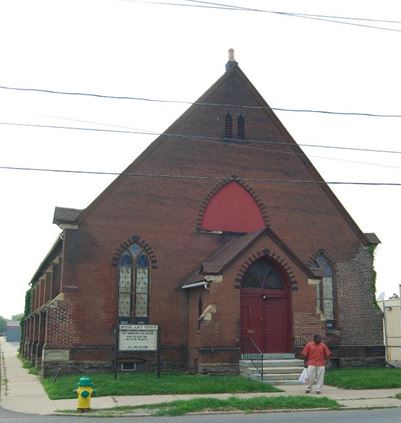
We are excited to have the Pennsylvania’s Department of Conservation and Natural Resources as a partner in this project and working with them to, as DCNR Secretary Cindy Dunn has said, to address this “incomplete history of the watershed.”
Stay tuned for lots more information about this project in and PA SHPO’s work to #tellthefullstory in the coming months.
very nice article